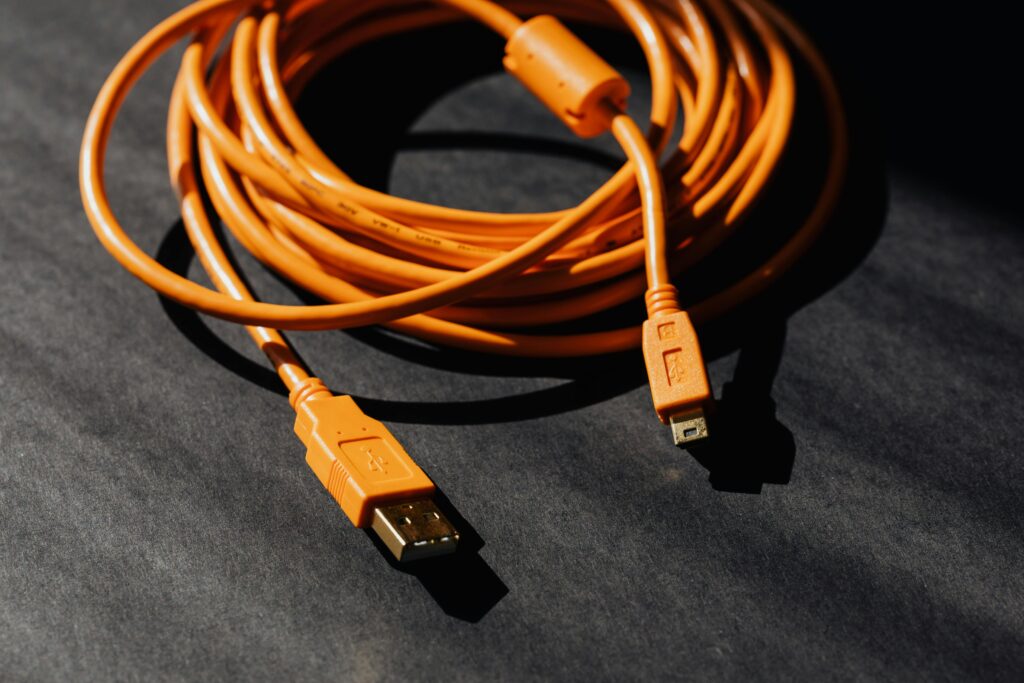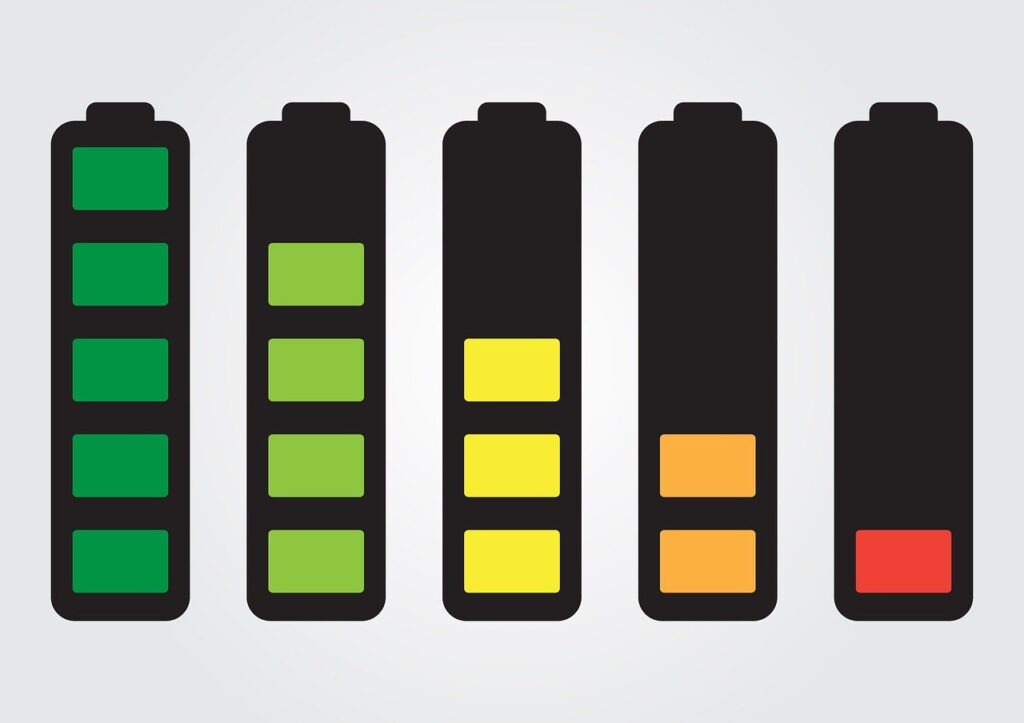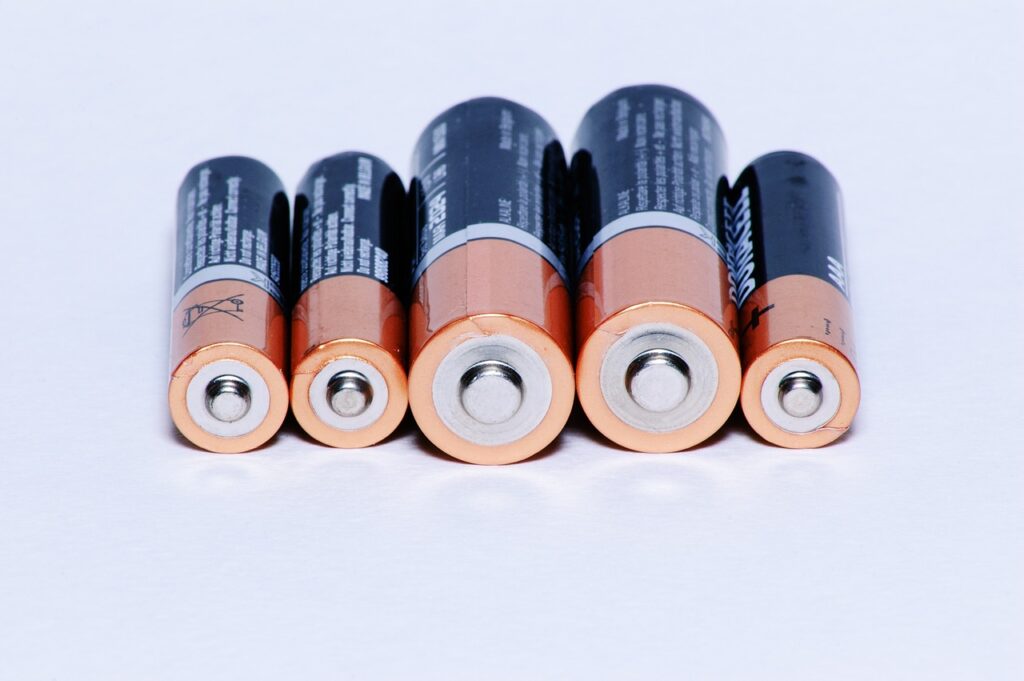In “What Are The Disadvantages Of LFP Batteries?” you’ll delve into the lesser-known drawbacks of Lithium Iron Phosphate (LFP) batteries, despite their growing popularity. As you explore, you’ll discover their lower energy density, which often translates to shorter ranges for electric vehicles compared to other battery types. You’ll also learn about the potential issues with cold-weather performance and why LFP batteries might require more space for the same energy capacity. This article equips you with a well-rounded understanding of the challenges that come with harnessing this type of battery, ensuring you’re informed before making any energy storage decisions.
What Are The Disadvantages Of LFP Batteries?
Introduction
Have you ever wondered about the downsides of using LFP batteries? With the increasing popularity of lithium iron phosphate (LFP) batteries in various applications, from electric vehicles to renewable energy storage, it’s important to understand not just their benefits, but also their limitations.
In this article, we’ll explore the disadvantages of LFP batteries in a friendly and informative manner. Whether you’re a tech enthusiast, a potential user of LFP batteries, or simply curious about battery technologies, this comprehensive guide aims to provide you with a deeper understanding.

What Are LFP Batteries?
Lithium Iron Phosphate (LiFePO4 or LFP) batteries are a type of lithium-ion battery known for their stable chemistry and safety. Unlike other lithium-ion batteries, LFP batteries use phosphate as a cathode material, which makes them inherently more stable and less prone to overheating or catching fire.
Key Features of LFP Batteries
| Feature | Description |
|---|---|
| Stability | High thermal and chemical stability |
| Safety | Less risk of thermal runaway and fires |
| Longevity | Longer cycle life compared to other lithium-ion batteries |
| Environmental Impact | Lower environmental risks due to the absence of cobalt |
| Energy Density | Lower energy density compared to other lithium-ion batteries |
While LFP batteries have several appealing characteristics, it’s essential to also consider their disadvantages, especially if you’re contemplating their use in your projects or products.

Disadvantages of LFP Batteries
Lower Energy Density
One of the main drawbacks of LFP batteries is their lower energy density compared to other types of lithium-ion batteries.
- Energy Density Metrics: Measured in watt-hours per kilogram (Wh/kg), LFP batteries tend to have lower values, typically around 90-120 Wh/kg.
- Comparison: Other lithium-ion batteries, like lithium cobalt oxide (LCO) or nickel manganese cobalt (NMC), can achieve energy densities upwards of 150-200 Wh/kg.
A lower energy density means that for the same weight, LFP batteries store less energy, making them less efficient for applications where space and weight are critical, such as in electric vehicles or portable electronics.
Heavier and Bulkier
Closely related to the issue of energy density is the physical size and weight of LFP batteries.
- Bulkiness: Due to the lower energy density, more cells are needed to store the same amount of energy, resulting in a heavier and bulkier battery pack.
- Application Impact: This can be a significant disadvantage in industries such as aerospace, automotive, and portable electronics, where minimizing weight and volume is crucial for performance and efficiency.
For instance, an electric vehicle with an LFP battery pack might need to carry additional weight, impacting its range and overall efficiency.
Lower Voltage
LFP batteries generally operate at a lower voltage compared to some other lithium-ion batteries.
- Voltage Levels: The nominal voltage of an LFP cell is about 3.2 volts, while other lithium-ion cells can operate around 3.7 volts.
- System Considerations: This lower voltage can affect the overall system design, necessitating more cells connected in series to achieve the required voltage levels for certain applications.
In applications where specific voltage requirements are crucial, LFP batteries might not be the most efficient choice.
Reduced Performance at Low Temperatures
Temperature can significantly impact the performance of LFP batteries, especially at lower temperatures.
- Performance Metrics: At temperatures below 0°C (32°F), the capacity of LFP batteries can drop significantly, sometimes by as much as 50%.
- Usage Limitations: This temperature sensitivity can restrict their use in colder climates or in applications where the battery is expected to perform in sub-zero temperatures.
For instance, in colder regions, the reduced performance of LFP batteries can limit the efficiency of renewable energy storage or the range of electric vehicles during winter months.
Slow Charge and Discharge Rates
The charge and discharge rates of LFP batteries are generally slower compared to some other lithium-ion chemistries.
- Charge Rates: The charge rate (C-rate) of LFP batteries is typically lower. High charge and discharge rates can decrease the lifespan of the battery and affect its long-term reliability.
- Impact on Applications: In high-demand applications, where fast charging and discharging are necessary, LFP batteries might underperform compared to their counterparts.
For example, in fast-charging stations for electric vehicles, the slower charge rates of LFP batteries could lead to longer wait times for users, which can be a significant inconvenience.
Higher Initial Cost
While the running costs of LFP batteries can be relatively low due to their longevity, the initial investment is often higher.
- Cost Factors: The cost of raw materials, manufacturing complexity, and economies of scale can contribute to higher upfront costs.
- Long-Term Considerations: Despite the higher initial cost, the long-term savings on maintenance and replacement can offset this disadvantage to some extent.
However, for individuals or businesses with budget constraints, the higher initial cost can be a barrier to adopting LFP batteries.
Availability and Supply Chain Issues
The availability of LFP batteries and the materials required for their production can be influenced by various factors.
- Material Supply: While LFP batteries do not rely on cobalt, which is a positive aspect, the availability of lithium and phosphorus still impacts their supply chain.
- Global Demand: Increasing demand from various sectors can strain the supply chain, leading to potential availability issues and fluctuating prices.
This can affect the scalability of projects or industries dependent on a steady and reliable supply of LFP batteries.
Environmental Considerations
While LFP batteries are generally considered to have a lower environmental impact compared to cobalt-based batteries, there are still some environmental concerns.
- Mining Impact: The extraction of lithium and phosphorus can have environmental repercussions, including habitat destruction and water usage.
- Disposal and Recycling: Proper disposal and recycling of LFP batteries are essential to minimize environmental harm, but infrastructure for recycling lithium batteries is still developing.
Awareness of these factors is crucial for consumers and industries aiming to make environmentally responsible choices.

Summary Table of the Disadvantages
| Disadvantage | Description |
|---|---|
| Lower Energy Density | Stores less energy by weight, affecting efficiency in weight-critical uses |
| Heavier and Bulkier | More cells needed, resulting in larger, heavier battery packs |
| Lower Voltage | Requires more cells in series to meet voltage requirements |
| Reduced Performance at Low Temperatures | Less effective in cold climates or low-temperature scenarios |
| Slow Charge and Discharge Rates | Longer charge times and limited performance in high-demand applications |
| Higher Initial Cost | Higher upfront investment compared to some other battery technologies |
| Availability and Supply Chain Issues | Potential supply constraints and fluctuating material availability |
| Environmental Considerations | Mining impact and developing recycling infrastructure |

Mitigating the Disadvantages
Despite these disadvantages, there are strategies and technological advancements that can help mitigate these challenges.
Technological Innovations
Research and development in battery technology continue to address the limitations of LFP batteries.
- Energy Density Improvements: Efforts are being made to improve the energy density of LFP batteries through advancements in materials and cell design.
- Temperature Management: Innovations in battery management systems (BMS) are improving LFP battery performance at low temperatures by regulating charge/discharge cycles more effectively.
System Design Considerations
Thoughtful system design can help mitigate some of the inherent disadvantages of LFP batteries.
- Optimized Configuration: Combining LFP batteries with other battery types in hybrid systems can offer a balanced performance, leveraging the strengths of multiple chemistries.
- Thermal Management Systems: Implementing active thermal management systems in colder climates can help maintain optimal battery performance.
Cost-Benefit Analysis
Conducting a thorough cost-benefit analysis can provide a clearer picture of the long-term value of LFP batteries.
- Lifecycle Costs: Considering the total cost of ownership, including maintenance and replacement cycles, can highlight the long-term benefits despite higher initial costs.
- Application Suitability: Matching the battery type to the specific requirements of the application can ensure the most efficient and cost-effective use of resources.
Supply Chain Management
Effective supply chain management is crucial for ensuring a steady supply of LFP batteries and their components.
- Diversified Sourcing: Establishing a diversified supply chain can reduce the risks associated with material availability and cost fluctuations.
- Close Collaboration: Working closely with suppliers and staying informed about market trends can help anticipate and mitigate potential supply chain issues.

Conclusion
Understanding the disadvantages of LFP batteries is essential for making informed decisions about their use in various applications. While they offer several appealing benefits, such as safety, longevity, and lower environmental impact, their limitations in energy density, size, voltage, temperature performance, charge rates, costs, availability, and environmental considerations can significantly impact their suitability for certain uses.
By staying informed and considering strategies to mitigate these disadvantages, you can make the best choice for your specific needs, whether you’re an individual consumer, a business, or an industry professional.
We hope this detailed guide has provided valuable insights into the complexities of LFP batteries, helping you navigate the evolving landscape of energy storage technology with confidence. If you have any questions or need further information, feel free to reach out!

